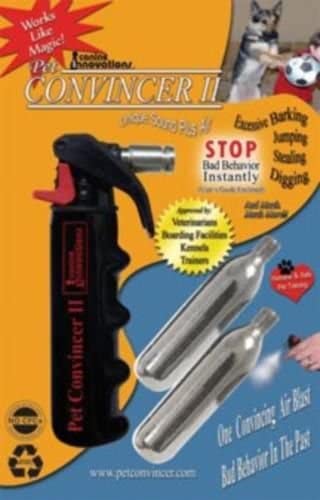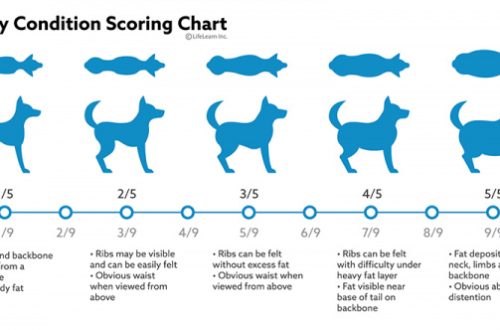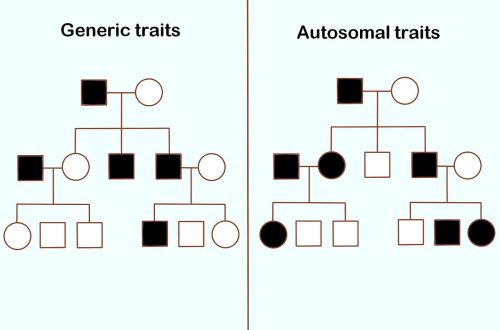
Corrective ammunition for dogs
Corrective ammunition for dogs used to correct behavior. By itself, this type of ammunition does not solve the problem of the pet’s behavior, but in parallel with the work method recommended by the specialist, it can help the owner achieve the desired result faster.
Contents
Corrective harness for the dog
It is the most humane way to control a dog that is pulling hard on a leash. Thanks to the leash attachment ring located on the chest, when pulled, the dog turns to face the owner, in the direction opposite to that where the dog pulls. Corrective harnesses are also used when working with dogs that are afraid to go outside or fearful dogs. From the usual harness at the time of a panic attack, the dog can get out. The corrective harness shrinks when the leash is pulled, making it impossible for the dog to break free and escape.
Halti (halter)
Halti is a corrective harness in the form of a muzzle, with a ring for attaching a leash, located under the dog’s lower jaw or at its neck. When trying to pull or throw, the dog turns by the muzzle towards the owner, in the opposite direction to the one where the dog was pulling. The use of halti requires extremely careful and careful handling: sharp jerks can cause serious injury to the dog. I will once again make a reservation that corrective ammunition should be used as one of the tools in the method prescribed by the specialist to eliminate problem behavior. By itself, it is not a solution to the problem and cannot be used by the dog for the rest of its life.
In the photo: halter (bridle) for a dog
Parfors (strict collar), noose, martingale (half-noose)
First of all, I would like to note that the first three types of collars are often used incorrectly. Parforas and chokes (half chokes) should be fixed on the upper part of the dog’s neck, under the lower jaw. Then the dog will feel a slight tension on the leash. If the “stricter” or the noose is located at the base of the neck, practically on the shoulders of the dog, the handler has to make a strong and long jerk, which is harmful to the health of the dog. In addition, numerous studies prove that aversive (hard) methods of work drive the animal into stress, and in a state of stress, learning is much slower.
Electric shock collar (EShO)
Eeeh, imagine how you would study if you were shocked for a mistake. Would you like to study? Take the initiative? Trying to figure out where exactly, what did you do wrong? Studies on dogs trained with ESOs show that at the end of the experiment, most of the dogs became inactive, passive, behaved tensely and warily, and reacted more slowly to the handler’s commands. In many cases, the use of ESHO in training caused other behavioral problems, among the most frequent: uncleanliness at home, aggression towards fellow tribesmen or towards a person. Of course, I am now talking about the incorrect use of this type of collar. But, alas, the “omnipotence button” corrupts the conductor. And also … “Where knowledge ends, cruelty begins.” This phrase is written in the arena of the Swedish cavalry school. And it can be attributed to working with dogs. Love your pets, respect them, learn to communicate your wishes and requirements to them in a language they understand.





